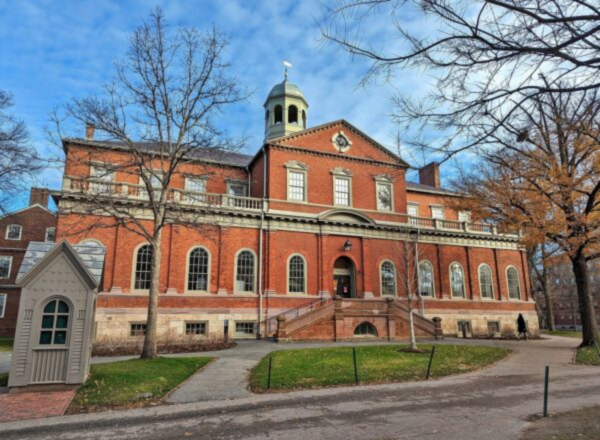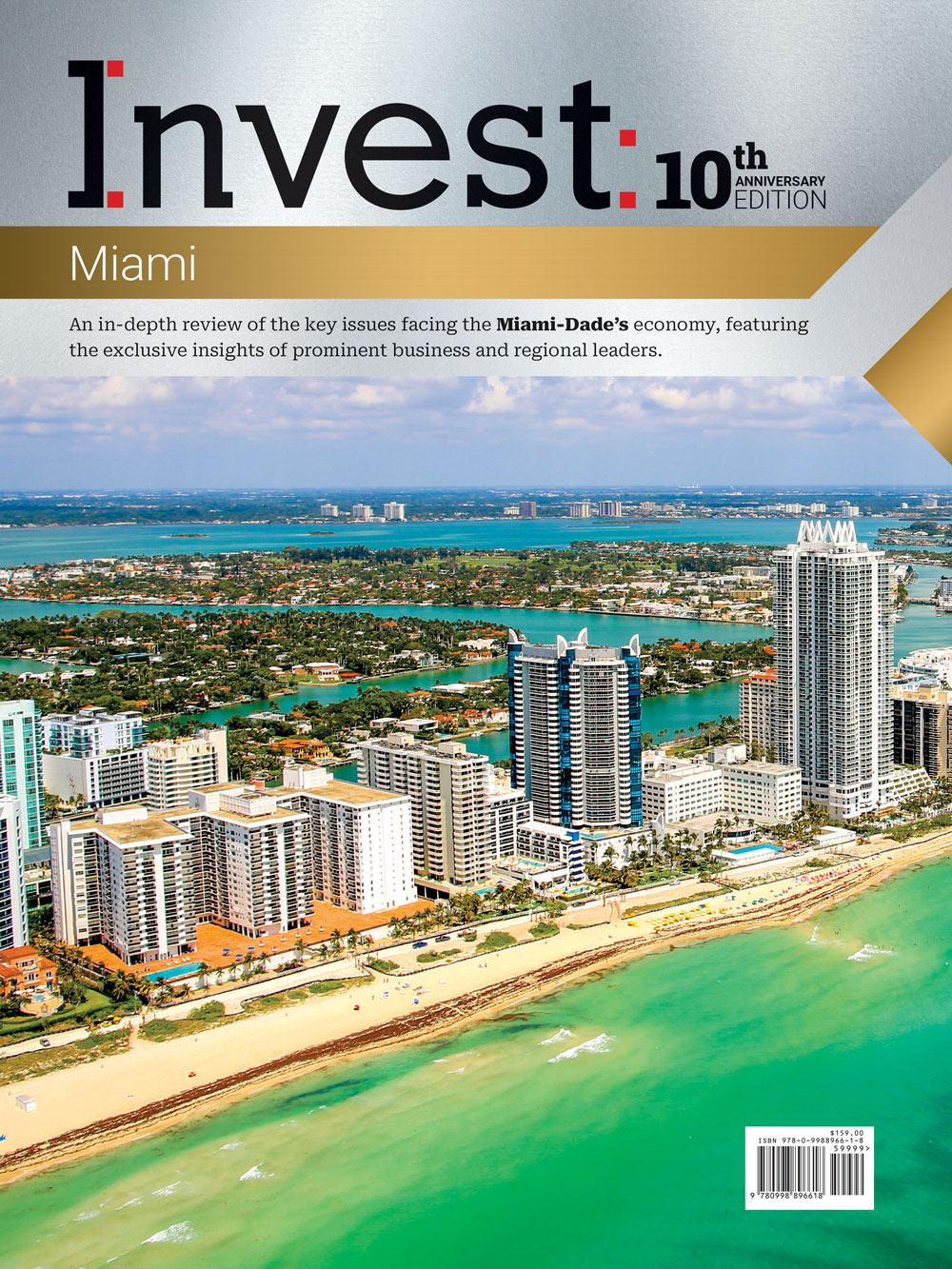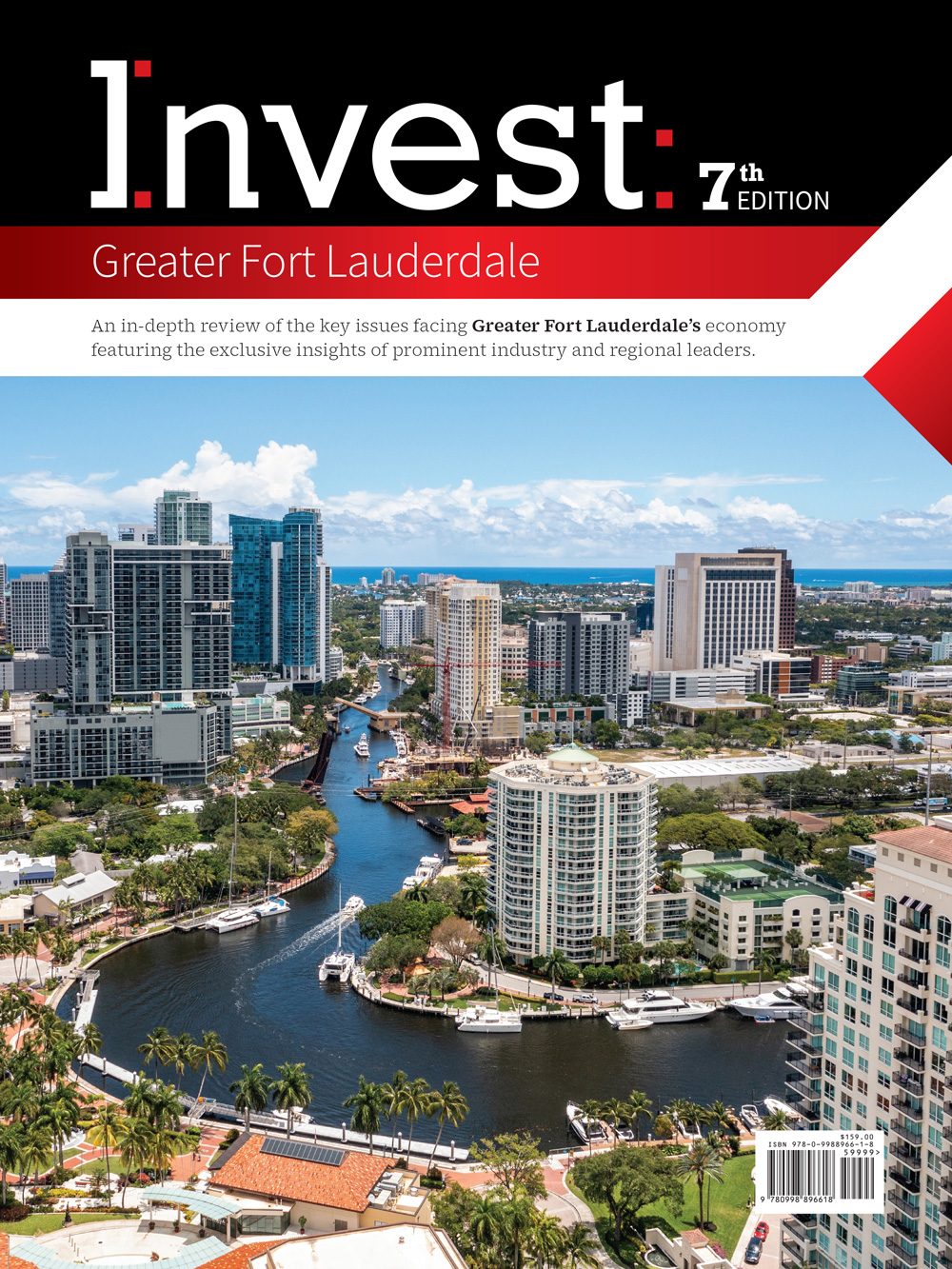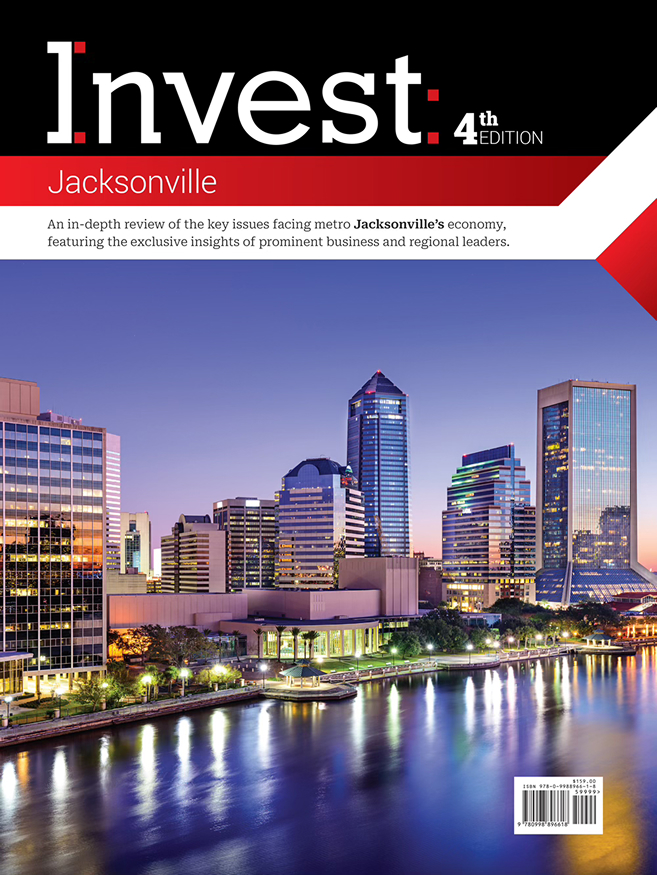Spotlight On: Matt Charlan, Principal & Director of Business Development, CBA Architects
 May 2024 — Matt Charlan, principal and director of business development at CBA Architects, talked to Invest: about one of its flagship developments: the RoseArts District. He also discussed the dislocation between supply and demand and how that creates challenges for affordable housing.
May 2024 — Matt Charlan, principal and director of business development at CBA Architects, talked to Invest: about one of its flagship developments: the RoseArts District. He also discussed the dislocation between supply and demand and how that creates challenges for affordable housing.
What key milestones have CBA Architects reached in the past year, and how have they contributed to the firm’s success?
We are a 44-year-old company, and the people who work here want to make a difference. One of our most ambitious undertakings is the RoseArts District. It is one of the biggest projects that our company has ever worked on and will include 11 apartment buildings, representing 5,650 units that will house over 11,000 people, as well as, retail, office, and community civic buildings. If we can make this project financially successful, it will hopefully become a model that is repeated.
Within an Opportunity Zone, the RoseArts District is the former 128-acre golf course on Lake Orlando that anchored Rosemont. Spanning years of meticulous planning, the RoseArts District aims to strengthen Rosemont by creating a lake edge preserve, keeping 51% open space, and providing much needed resilient and sustainable community development. The new district will have multiple cores, multi-modal transportation, local and national businesses, and of course, lots of local art.
What role will affordable housing have in the RoseArts District?
Around 10% of the residential units in the RoseArts District will be at affordable rates. We negotiated with the city to have 10% housing at 80% of the Area Median Income (AMI). That affordable housing is integrated with the rest of the units, which was a huge challenge as our developer wanted to keep it separate to make the numbers work. The whole process took between two-and-a-half and three years, with a lot of discussion with the community. Additionally, we strive to iterate neighborhood architectures to be more supportive to business formations. We are creating space for small markets, large festivals, food trucks, business incubation spaces (rent by percent of sales), smart offices, and a few strategic anchors (which I cannot discuss). It’s our belief that affordable housing availability in close proximity to great resources provides the future opportunity for continuing growth.
What is CBA’s strategy for balancing market-rate developments with affordable housing projects?
The idea of affordability is the central conversation for any apartment community. Exclusionary zoning and lack of affordable land with access to daily needs raise the cost of providing housing. When we think about a single apartment community, we try to make design decisions to manage development costs, as well as operational costs. The RoseArts District presents a different opportunity. As a major infill development, we are mindful of strengthening infrastructure, and providing better connectivity, more options, and opportunity. We think about the people who will live in the RoseArts District: this leads to conversations about workforce housing, entry-level housing, student housing, senior housing, artist housing, etc. We’re always challenged to balance purpose-built housing strategies and commoditized housing economics.
Of the housing stock that is provided in the United States, 72% is single-family homes and 28% is multifamily. Nevertheless, 80% of American households are not traditional nuclear households (28% of households are single people living alone, 25% couples with no kids, 20% adult roommates, and 7% single parent families). The mismatch in housing type and housing need is the largest factor in affordability. Providing the right type of housing units and understanding the demographics is crucial.
As we think about efficiencies and building for demand, maybe every community doesn’t need a pool or 1.8 parking spaces per unit. We are always balancing the right mixture of units, types, and amenity offerings. We have a campaign on missing middle housing where we focus on the most affordable construction and housing typologies and strip away the expensive things. For instance, we do three-story buildings with stairs to avoid adding elevators, as in four-story and higher buildings. We can put together that as a 12-, 24-, or 36-unit building and make entire communities out of that affordable type, cluster them into an infill area, and manage them virtually so that they become a part of the community’s fabric.
Considering the market volatility of 2023, what is your overview of the housing market?
With all the uncertainty and volatility, many people put projects on hold. That was very painful for us, and there were pay cuts and layoffs. We are not quite out of that yet, so we focus on trying to find the right perspective and identifying the right opportunities. A lot of that is about due diligence, finding the opportunities and projects the old-school way, and having both a bit of confidence and risk appetite if you can find extra capital. In the current financial landscape, banks are requiring more equity upfront, which makes projects challenging.
A lot of us thought the Federal Reserve was going to cut interest rates six or seven times, but it looks like they might cut them once or twice. The perspective of a cut was hurting things as people wanted to wait for lower rates. Usually, when rates go up, there is a rush to get in before they go up. On the flip side, when rates go down, everyone wants to pause. When rates are stable, people want to work. My hope is that developers accept the current economic condition and structure their financial models for the little future economic accommodations from the Fed.
What are some of the most important opportunities in the real estate market, and how is CBA Architects planning to capitalize on them?
Looking at the data, there is a big supply gap coming at the end of 2025. Because of the pausing of projects and the lack of new projects, there will be a period of six to eight months where there will be no new apartments coming to the market. That might cause another wave of housing price hikes and inflation, which could be a good opportunity to have products coming to market.
A lot of people were getting into multifamily two or three years ago as it was their next big step in their investment development career to own their own apartment building. A lot of those who were not veterans of the industry are now gone. In the case of CBA Architects, I am passionate about multifamily as I love community building and creating vibrant communities. There are people here who are eager to make things happen now that rates and labor and material costs are stabilizing.
How important is the retail real estate sector for the firm’s operations?
Understanding the importance of retail real estate is vital for fostering economically resilient communities, especially amidst the challenges posed by Euclidean Zoning, which often restricts land-use diversity and reinforces car-centric environments. The evolution of technology has significantly reshaped commercial activities, prompting us to rethink the integration of retail spaces into our communities.
Our involvement in various retail projects, such as the revitalization of Winter Park Village, underscores the significance of place-making and adaptation to changing consumer behaviors. In reimagining retail destinations, we strategically blend new retail concepts with existing ones, considering the rise of online sales and the evolving preferences of omnichannel shoppers.
A key driver of Winter Park Village’s success lies in meticulous micro-placemaking efforts, including the creation of Lure, Unwind, Enchant, and Amuse. Collaborations with local experts like Prismatic and Memoir Agency reframed the condition challenges into opportunities that enhance the experiential aspect of retail environments.
Moreover, our focus on programming and strategic partnerships, such as those with Colliers, aims to curate diverse retail experiences that cater to specific demographics. This comprehensive approach to retail real estate underscores its pivotal role in shaping dynamic and thriving communities.
What are the top priorities for CBA Architects in Orlando over the next two to three years?
Destination retail and mixing that with housing are our near-term priorities. As Orlando continues to reinvent and redefine itself as not being a tourist-only economy, student housing has become a priority. There is a lot of need for UCF, and education is growing, so there is a focus on mixed-use around student life and mixed-use office and multifamily around business and retail zones.
Another big theme is transportation and connectivity. Multimodal opportunities are a huge deal to us. Transit-oriented development and trail-oriented development are big ideas for us. Part of that means getting parking requirements down so we can develop communities that do not need cars, which is a huge win for everyone.
For more information, please visit:













